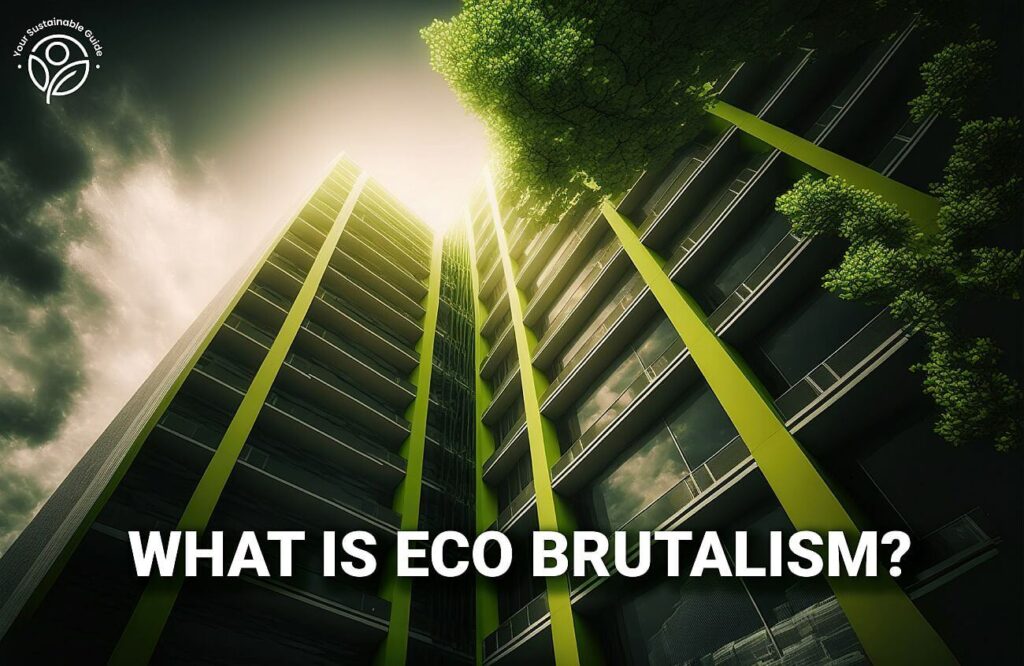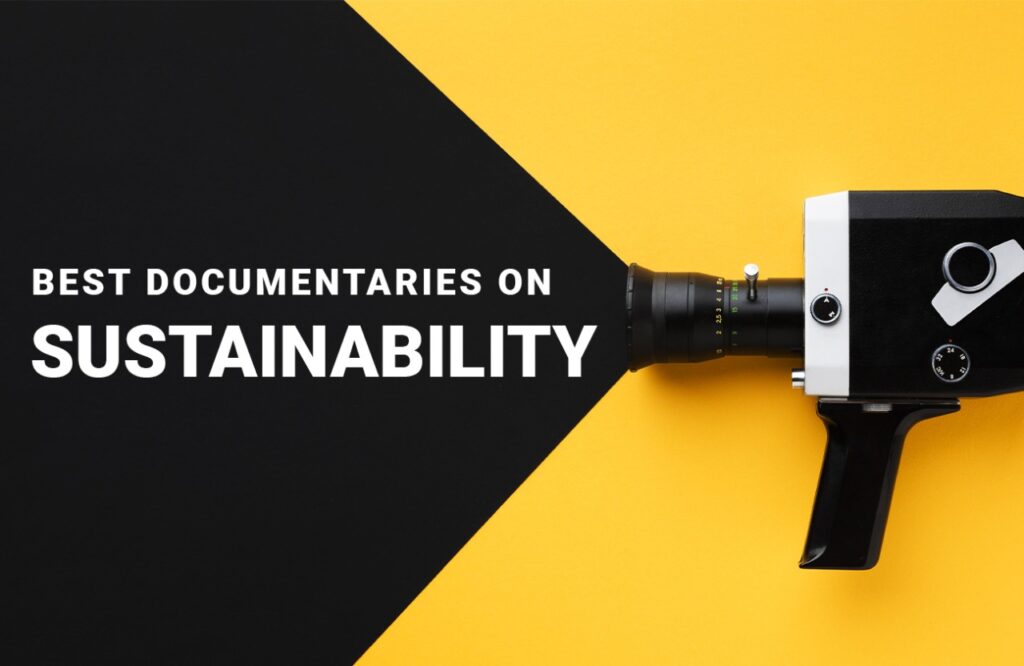Picture a world where the concrete jungles of our urban landscapes seamlessly blend with lush greenery, creating a captivating fusion between the industrial and the ecological. Sounds energizing and just the space where you would like to go to work or live with your family, right? Well then, Say Hello to Eco Brutalism! This extraordinary concept is an architectural movement that challenges conventional design norms and rings in a new era of sustainable building aesthetics.
Eco Brutalist structures are the new rave! And chances are you’ve already stumbled upon them on your social media feed. These architectural gems have gained immense popularity for their vibrant look, giving us hope for a greener planet. But is Eco Brutalism really the solution? Only one way to find out! Let’s delve deep into understanding how Eco Brutalism can shape our future.
What is Eco Brutalism?
Eco Brutalism is an evolving architectural design approach that combines the rugged aesthetics of the traditional ‘Brutalist’ style with eco-friendly components like plants to display environmental sustainability. This fusion creates a distinct visual identity for buildings, giving the impression that they are more environmentally conscious than their conventional Brutalist counterparts.
To fully understand Eco Brutalism, let’s first understand Brutalism. Traditional Brutalism, which originated in the mid-20th century around the 1950s, involves the use of raw, unadorned materials, with exposed concrete being the hallmark. The focus is on showcasing the intrinsic qualities of these materials by leaving them in their natural state without decorative finishes. Brutalist architecture prominently features the structural elements of a building. This includes exposed beams, columns, and other structural components that are integral to the overall design. Furthermore, these buildings exhibit striking and imposing geometric shapes with monumental proportions, contributing to their commanding and massive appearance. Brutalist structures are built to be functional. Hence, they do not have any unnecessary ornamentation.
In contrast, Eco Brutalism merges two contrasting ideas: the tough, industrial design of human-made structures and the vibrant, resilient nature of plants and the environment. It integrates green elements such as plants, trees, and gardens into the building’s structure, facades, or rooftops. The green features not only enhance aesthetics but also contribute to improved air quality and ecological responsibility, connecting buildings to nature. In addition to greenery, Eco Brutalist buildings are equipped with sustainable technologies like solar panels, rainwater harvesting systems, and energy-efficient designs. These eco-friendly innovations are aimed at reducing the building’s environmental impact and increasing overall energy efficiency.
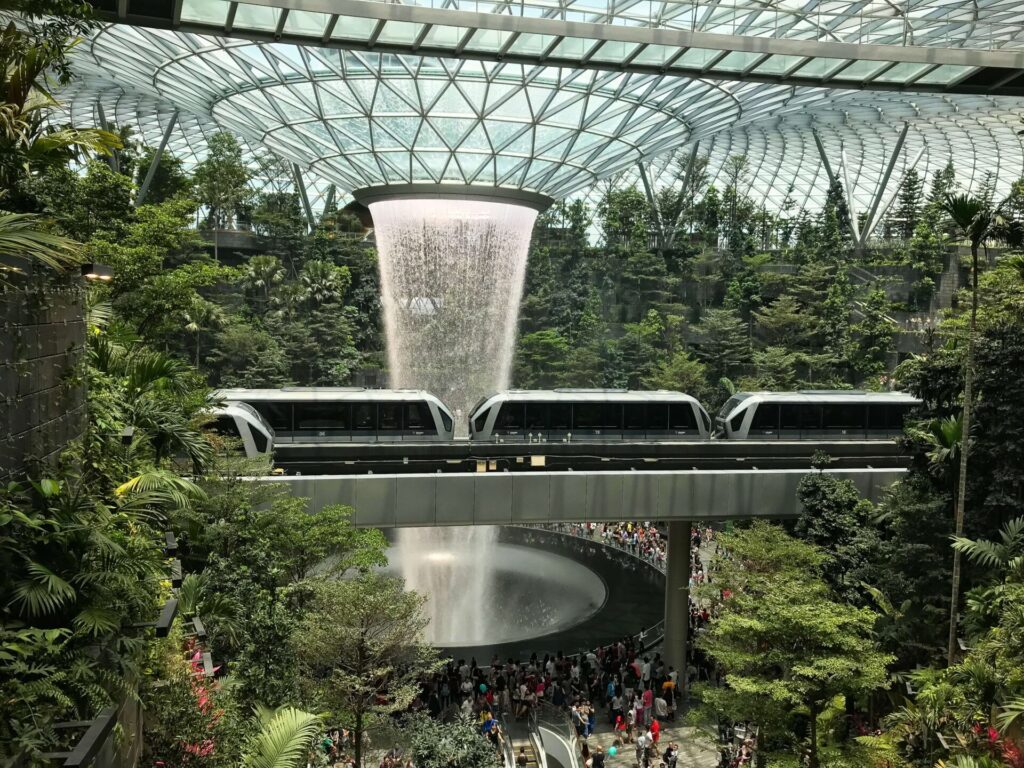
The Birth of Eco-brutalism
Eco Brutalism traces its roots to the post-World War II era in Europe when traditional Brutalist architecture was on the rise. Emerging in the mid-20th century, Brutalism featured the use of raw concrete and stark geometric forms. However, as environmental concerns gained prominence in the latter half of the 20th century, architects began to reevaluate their design principles.
Eco Brutalism emerged as a response to these concerns. Architects started to integrate ecological elements into Brutalist designs. Instead of solely emphasizing on concrete structures, they began incorporating greenery and sustainable technologies into buildings. This new-age architectural style not only elevated the visual appeal but also reflected a growing awareness of environmental responsibility.
So basically, Eco Brutalism evolved as a natural progression of Brutalist architecture, adapting to the changing environmental landscape. It reflects a conscious effort to combine the bold aesthetics of Brutalism with a commitment to ecological principles, marking a significant development in modern architecture.
Principles of Eco Brutalism
- Eco Brutalism prioritizes the use of sustainable building materials and construction techniques. This includes materials with a low environmental impact and the reduction of waste during the construction process. By selecting eco-friendly materials and methods, Eco Brutalist designs aim to create a natural surrounding while contributing to resource protection.
- Another key principle involves maximizing energy efficiency through innovative design strategies. This means designing buildings to optimize natural light, ventilation, and temperature regulation, reducing the need for artificial heating or cooling. Energy-efficient systems and technologies further minimize the carbon footprint.
- Eco Brutalism places a strong emphasis on integrating vegetation into buildings. This approach to architecture looks appealing, channels the flow of fresh air, provide shade, and promotes biodiversity. It aligns with modern environmental goals by increasing urban green spaces and mitigating the urban heat island effect.
- Eco-brutalist architecture is designed with adaptability and long-term functionality in mind. This principle aligns with sustainability objectives by ensuring that buildings can be repurposed or modified to meet evolving needs, reducing the demand for new construction and resource consumption.
The principles of Eco Brutalism reflect a commitment to sustainability and eco-consciousness. They address pressing environmental challenges such as resource conservation, energy efficiency, urban greening, and long-term viability. This sustainable architecture serves as a forward-thinking human design of constructing concrete buildings infused with nature.
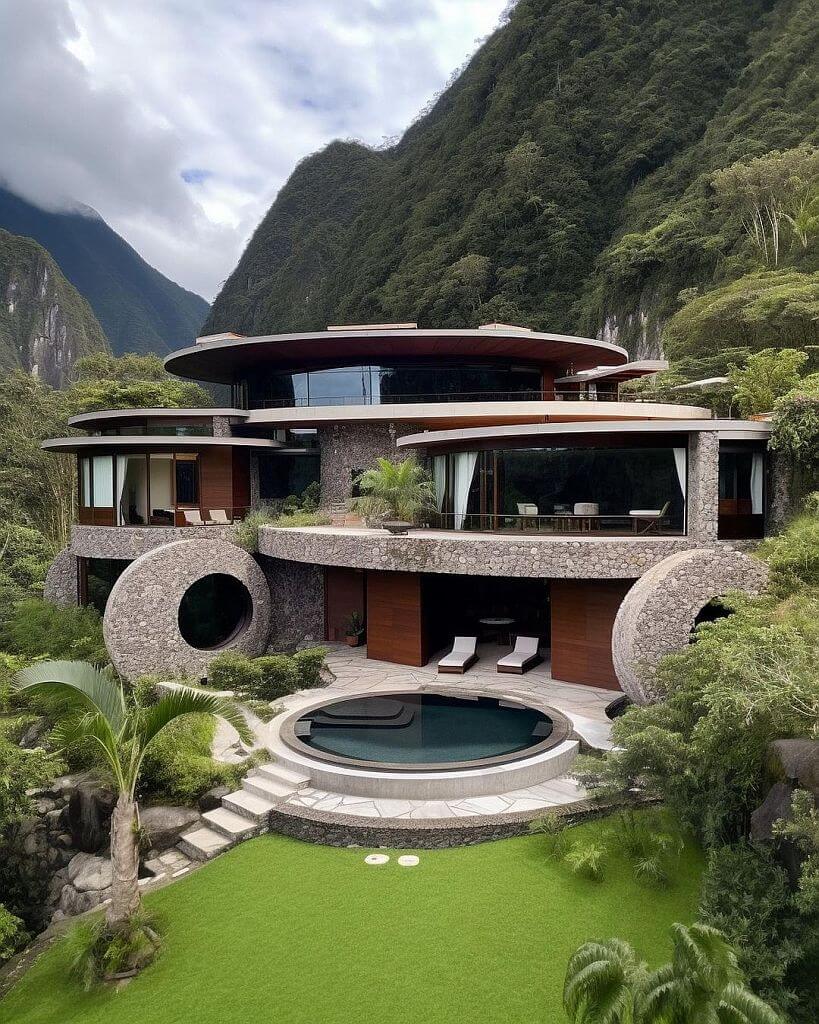
Contemporary Applications of Eco Brutalism
Contemporary applications of Eco Brutalism have been influential in shaping modern architectural trends. This architectural style’s fusion of rugged aesthetics with ecological principles has left an outstanding imprint on the design world. Modern-day architects are increasingly drawn to its concepts of sustainability, including the use of sustainable materials, energy-efficient designs, and the infusion of greenery into structures. As environmental concerns continue to escalate, the chances for wider adoption of Eco Brutalism appear to be on the higher side.
Governments and municipalities worldwide are already imposing stricter environmental regulations and incentives for sustainable building practices, encouraging architects and developers to work on a green design approach. Therefore, in the future, we can expect a broader integration of Eco Brutalism into architectural landscapes as a response to the growing demand for eco-conscious and visually striking structures.
Iconic Examples of Eco Brutalism
Eco Brutalism can be found in various parts of the world in a range of concepts, including India, Costa Rica, Mexico, Brazil, and Bangladesh. Let’s explore some prominent examples of eco-brutalism buildings from around the globe.
1. Art Villa

Art Villa stands as the first of three grand tourist homes nestled in the Costa Rican rainforest, with a breathtaking view of Playa Hermosa. The brilliant minds at the Czech architectural studio Formafatal took inspiration from both the local environment and the marvelous concrete creations of Brazilian architect Paulo Mendes da Rocha.
Mendes da Rocha’s influence can be seen in the choice of solid concrete for the entire structure, creating a striking contrast with the lush greenery of the forest. The villa boasts a unique grey concrete pool that extends from the hillside right at its heart. Floor-to-ceiling windows offer captivating vistas of the ocean. Inside, you’ll find handcrafted furnishings from Central America and Czechia, adding a touch of bespoke elegance to this extraordinary retreat.
2. The House Cast in Liquid Stone
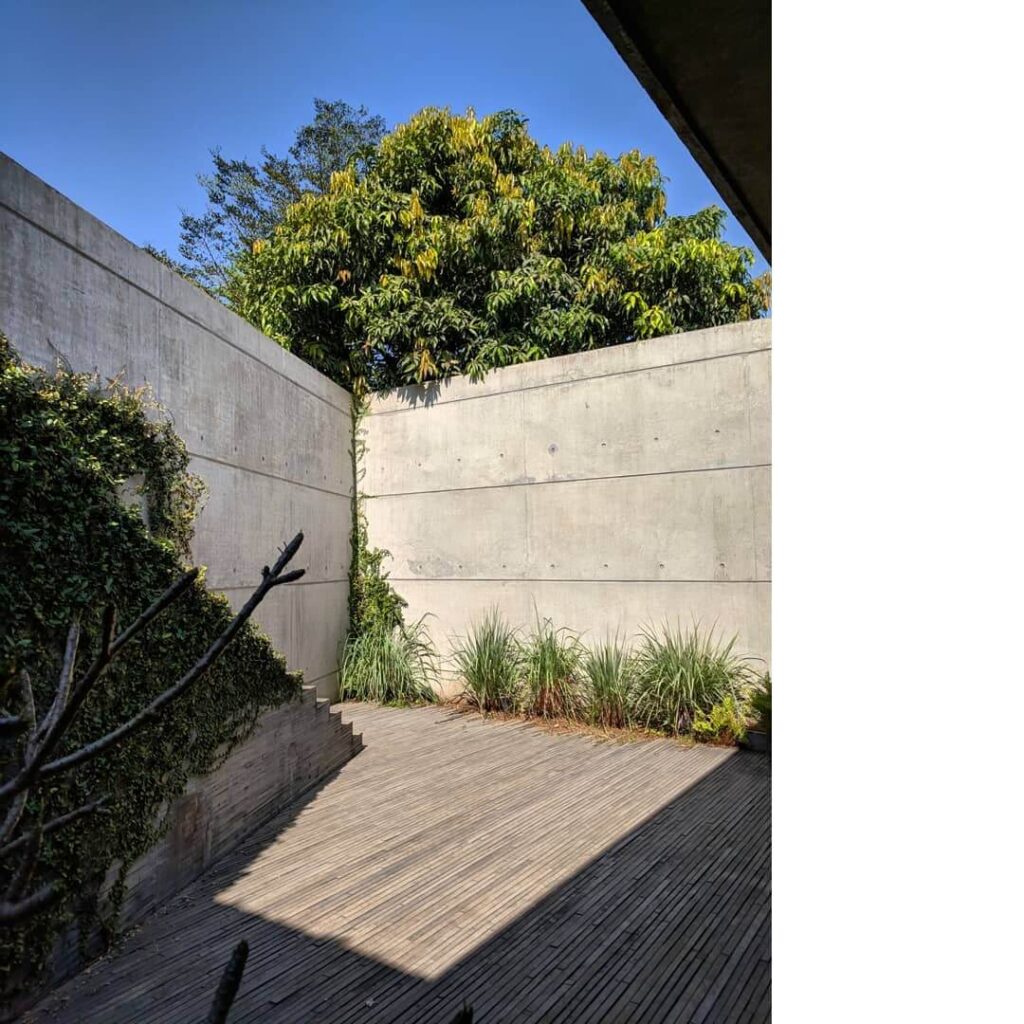
Constructed by SPASM Design Architects, this House is built on the Western Ghats of Khopoli, Maharashtra, India. The building is a natural extension of the rocky basalt terrain it sits on. They used a lot of concrete, which they likened to “liquid stone,” to shape the house. Basalt, the very rock it’s perched upon, played a central role in the design, making it an integral part of the home. You can spot it in the slatted terrace patio, the steps, and even embedded in the concrete walls on the rooftop.
The house’s flat roofline gives it a look as if it’s gently nestled into the hillside. And if you venture up to the rooftop pool, you’re in for a treat. From there, you can soak in breathtaking views of the surrounding landscape, making it a truly harmonious space in nature.
3. The Mamun Residence

One remarkable example is the Mamun Residence, designed by SHATOTTO— Architecture For Green Living in Chittagong, Bangladesh. The inspiration behind this eco-friendly home was the traditional “mathal” hat worn by local farmers. Given the intense year-round sunlight, the architects designed a green living space with a large projecting roof to provide shade and structure.
The residence features stunning layered balconies adorned with hanging greenery that extends over a tranquil pool, creating a peaceful, zen-like atmosphere. Notably, the concrete used in constructing this home also proved advantageous for the region’s seismic and climatic conditions.
4. The Tiing
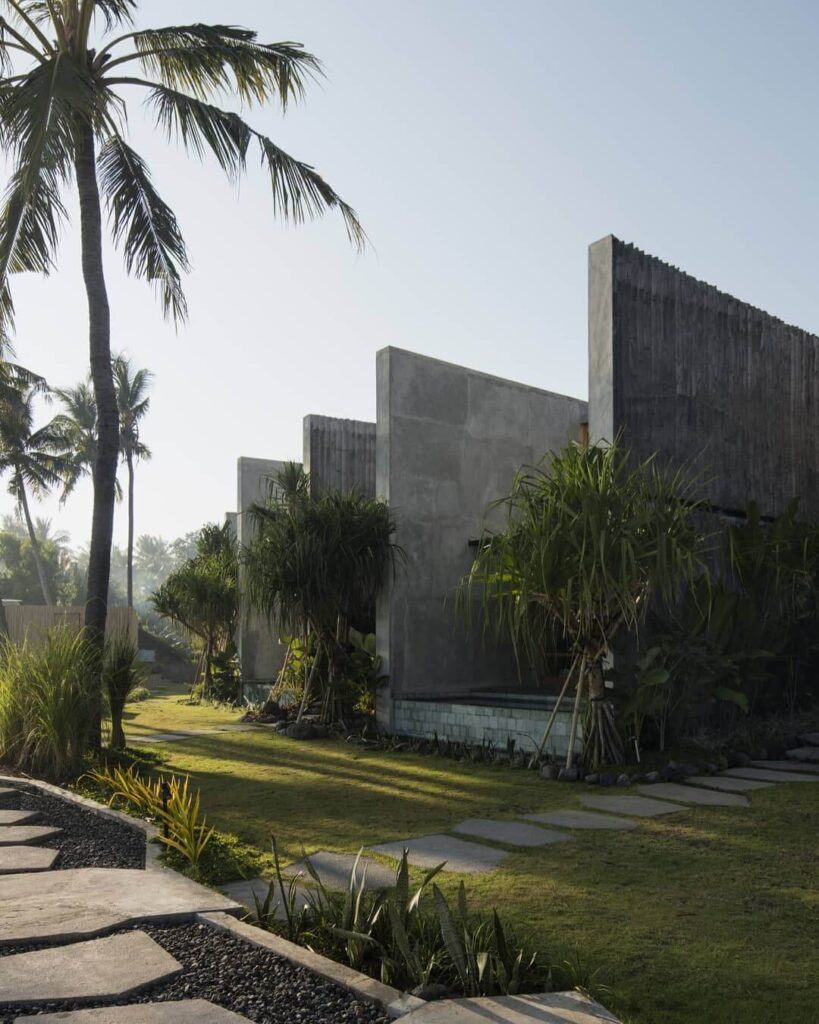
The fascinating Tiing Boutique Resort is a hidden gem nestled away on Bali’s serene northern coast. Its construction is influenced by the region’s local materials and building techniques. The walls of this resort were crafted using bamboo molds, giving them a unique texture, while the rough concrete surfaces took shape.
Getting to the resort requires a 2.5-hour journey through the scenic landscapes of Bali, but the experience is well worth it. What sets this eco-friendly retreat apart is that each room comes with its own private pool, offering a perfect sanctuary for travelers looking for a tranquil connection with nature. It’s a special place where you can escape from the hustle and bustle of everyday life and truly commune with Mother Earth.
5. The Jungle House
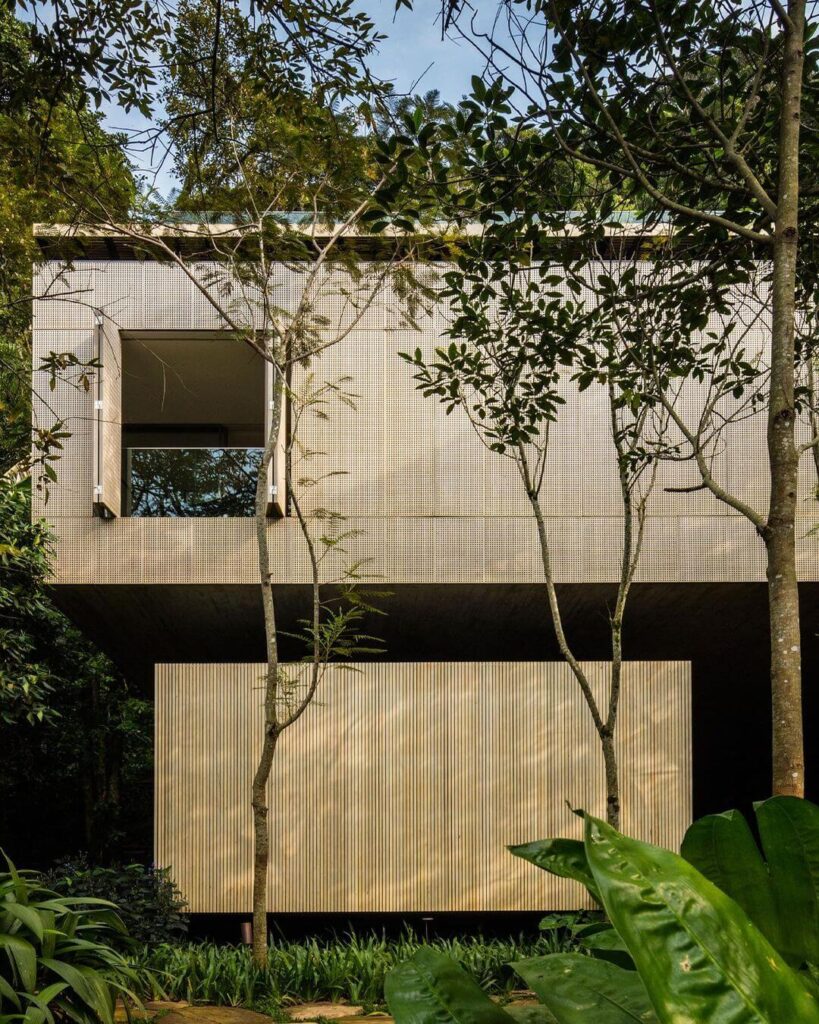
Next up is The Jungle House, located in the lush jungle along the Guarujá coast in southeast São Paulo, Brazil. This exceptional three-story residence lives up to its name as it’s cleverly integrated into the natural landscape. The house seems to float above the ground, perched on the hillside for a harmonious fit with the terrain.
What makes this place even more special are its two wellness areas. One features an inviting pool right next to a spacious terrace, while the other has a private jacuzzi. Imagine soaking in the warm waters with the soothing sounds of nature all around you, enveloped by vibrant greenery. It’s an unparalleled escape, offering an experience you won’t find anywhere else. The Jungle House is the perfect retreat for relaxation and connection with the beauty of the tropical forest backdrop.
6. Casa Meztitla

Standing proud in Tepoztlán, Mexico, Casa Meztitla is a stunning villa, crafted from native volcanic stone, blending seamlessly with the natural environment. It features exposed concrete that seems to soak in the surrounding beauty. One standout feature is its clever rainwater collection system. The villa has a pool that gathers rainwater, storing it in an underground cistern. Almost every room connects with the outdoors, letting you soak in the scenic views. There’s even a narrow pool with a hot tub for a touch of luxury.
The villa is cocooned by lush trees and vibrant greenery, making it a true oasis. Casa Meztitla is a one-of-a-kind masterpiece; you won’t find anything quite like it. With a majestic mountain as its backdrop, basking in the warm sunlight, this place is a symphony of nature and sustainable architectural concepts.
7. UN Park Apartments
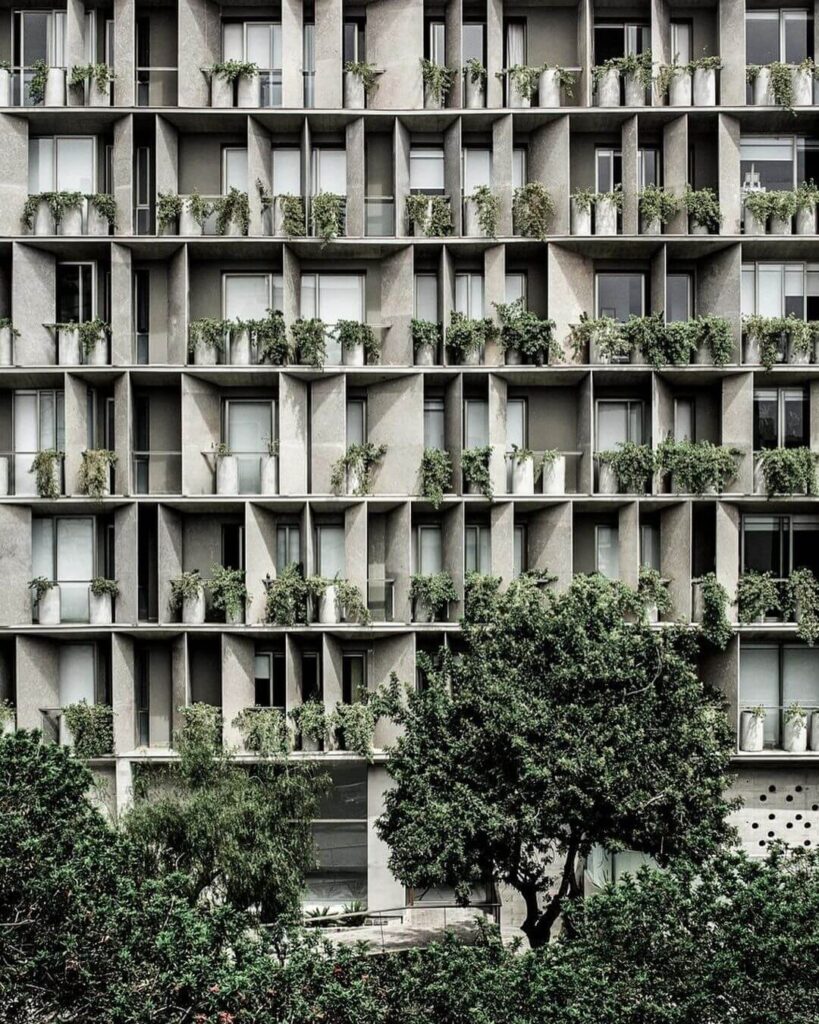
UN Park Apartments stand adjacent to the United Nations Park in the Miraflores area of Peru’s capital. This unique residential complex is constructed from sturdy concrete, featuring an earthquake-resistant flat-slab reinforced concrete frame along with an inner concrete shell. This innovative design allows for spacious open-plan living across the nine stories of the building.
On each floor, you’ll find two apartments, typically with two ensuite bedrooms. While the building’s entrance boasts elegant white marble, the apartments themselves embrace a more minimalist aesthetic, combining exposed concrete and wooden elements. The brilliant architects at Barclay & Crousse have added a touch of greenery to the equation, using concrete planters brimming with lush plants to provide both privacy and a serene atmosphere for the residents. It’s a fusion of contemporary design and natural beauty that makes UN Park Apartments a snug place to call home.
8. The Factory
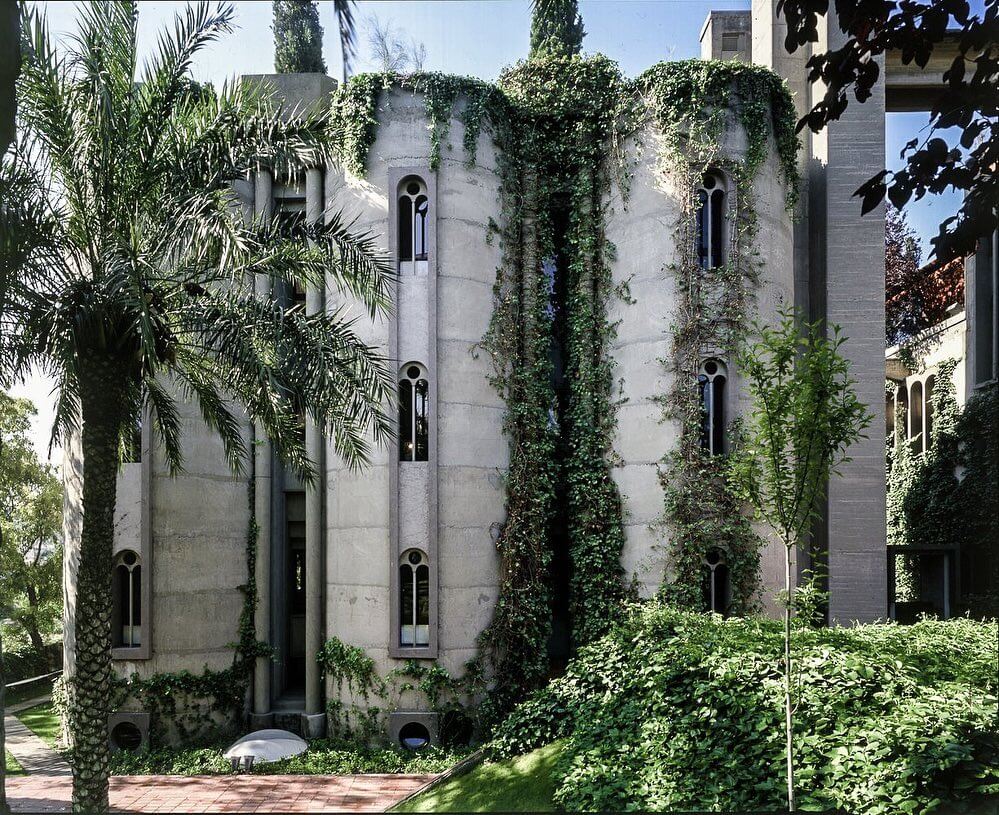
Back in 1973, architect Ricardo Bofill stumbled upon an abandoned cement factory, a sprawling industrial complex, and decided to turn it into the headquarters of Taller de Arquitectura. The renovation took two years and started with tearing down parts of the old structure to reveal hidden shapes, almost like sculpting concrete. After defining the spaces and adding some dense foliage, they began adapting it for the new purpose.
Eight tall silos remained and were transformed into offices, a lab for models, archives, a library, a room for projections, and an enormous area nicknamed “The Cathedral.” This grand space was used for exhibitions, concerts, and various cultural events tied to the architect’s work. It’s an amazing example of an industrial mess being turned into a creative architectural wonder.
Eco Brutalism: Boon or Bane?
Environmental Benefits of Eco-Brutalism
Eco-brutalism brings several environmental benefits to the table. First and foremost, it contributes to a reduced carbon footprint and heightened energy efficiency in construction and building operations. Next, the integration of greenery within these buildings has a positive effect on the air quality and urban environments. Plants and vegetation help filter pollutants from the air, improve oxygen levels, and create microclimates that can mitigate the urban heat island consequence.
Thus, the Eco-Brutalism design not only upgrades the quality of life for people living in these spaces but also promotes a healthier and more sustainable urban ecosystem. Overall, this architectural concept is a powerful combination of design and sustainability.
Challenges and Critiques about Eco- Brutalism
While Eco Brutalism is celebrated for its unique blend of aesthetics and sustainability, it faces several challenges and criticisms. Some critics argue that Eco Brutalism often leads to “greenwashing,” where architects add a few plants to a concrete structure and label it as sustainable.
One significant concern is regarding maintenance— as greenery integrated into structures requires ongoing care, it can potentially result in higher upkeep costs, which might not resonate with everyone. Additionally, the raw and imposing appearance of Eco Brutalist buildings may not resonate with everyone in terms of aesthetics, leading to divided public perceptions. Within the architectural community, debates persist about the true environmental impact of Eco Brutalism, particularly concerning the sourcing of raw materials and the overall ecological footprint.
The major part of building components includes concrete, which is a destructive material and a primary contributor to global CO2 emissions due to its production process. Concrete is far from being inert and consists of various materials like limestone and clay, all of which are sourced from ecologically damaging quarries and mines.
Furthermore, the steel reinforcement used in traditional construction can rust, causing durability issues and toxic leaks, making recycling nearly impossible. Although innovative solutions like “living concrete” are being developed, they are currently a niche category and expensive. These factors raise doubts about the true ecological credentials of Eco Brutalism. And balancing its visual appeal with genuine ecological responsibility remains a key consideration for the future of this modern architectural style.
To Sum Up…
Eco Brutalism, with its blend of nature and architecture, sends a great message, but for now, it’s not as green as we hope it to be. While it is a revolutionary concept and has the power to keep a check on rising global warming, it can sometimes fall prey to greenwashing tactics. Because it takes more than just planting plants! To be truly eco-friendly and bring out the essence of Eco Brutalism, architects and builders need to work with sustainable materials that won’t harm people, animals, or the planet. This shift to better materials is vital for making the whole construction industry more responsible. It’s true that turning Eco brutalism into a widespread architectural style will take a lot of time and effort from real-estate developers. But we believe it’s a journey that is worth the trip!

